You already know what pepper spray is. Land a short burst of pepper spray on someone’s kisser, and they should stop doing whatever you find inconvenient including resisting arrest or attempting to rob you. Pepper spray is appropriate for altercations where lethal force is unjustified. It’s also easier to carry pepper spray legally, and a suitable weapon for those who can’t safely handle a firearm. But what’s the difference between pepper spray vs. pepper gel?
Pepper gel incapacitates a threat the same way that pepper spray does: Spicy substance goes on face, owner of face becomes too miserable to put up a fight. But the way pepper gel comes out of its can makes its tactical use very different.
So, why is AmmoForSale.com talking about something that’s not a firearm? Because sometimes you don’t have the option of carrying a gun and ammo. Maybe there is someone in your life who isn’t responsible enough or isn’t comfortable carrying a firearm. In those cases, pepper spray or pepper gel might be their best option.
Pepper Spray vs. Pepper Gel – Side by Side
Don’t care what goes into pepper spray or any details and just want to see them side by side? Click the video above and you’ll see the nuts and bolts of the difference: pepper gel is really sticky.
Of course, if you’re interested w are happy to tell you the differences between pepper spray and pepper gel. But first, we’re going to talk about birds because that’s where pepper spray all starts. Plus, it’s nice to write about them without any mention of shooting them for a change.
What Is Capsaicin?
What does bird doo-doo have to do with pepper spray? More than you might think.
Plants make fruit because they want animals to eat it. The plant gives away energy and gets help scattering its seeds in return. But a plant like the chili pepper wants its seeds spread far and wide, so it does something interesting.
The chili pepper contains capsaicin. It’s the chemical that makes hot sauce hot, and which in high enough quantities makes people drop whatever they might be doing. Wild mammals generally don’t care for capsaicin, so they avoid the chili pepper. Birds, on the other hand, don’t mind the taste at all. They gobble up chili peppers.
Capsaicin is the chili pepper’s way of making sure its seeds only hitch a ride with flying animals. Birds are world-class seed spreaders, after all, which is a generous way of saying they make doots all over the place.
Pepper Spray
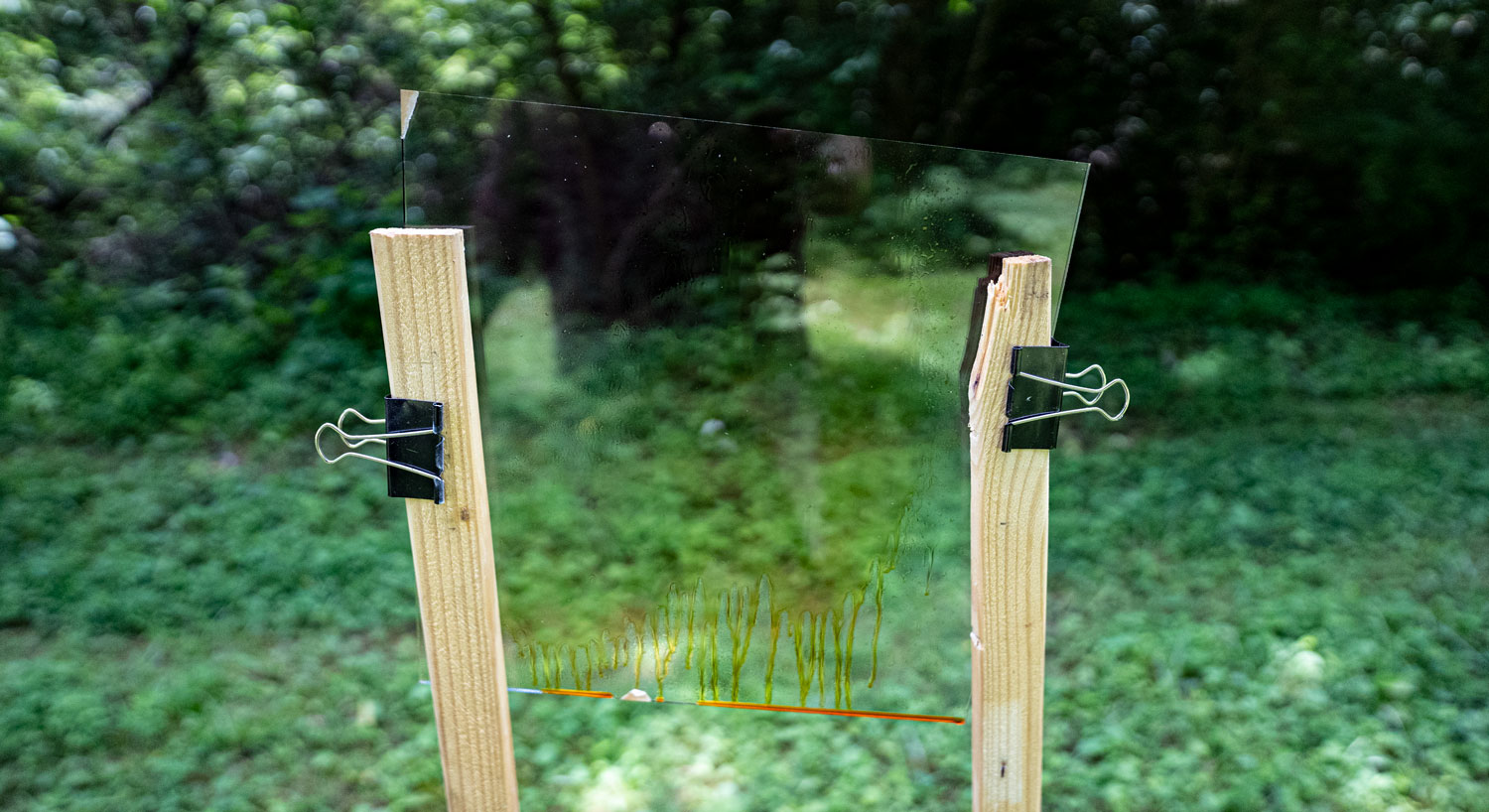
People are lunatic animals. We love many mildly toxic plants for their ability to affect our bodies in interesting ways. It’s why big concerts smell like a mix of skunk juice and Christmas trees. It’s also why you can find chili peppers in South Korea – the other side of the world from their native habitat. But too much toxicity is always bad news, which is how we have weaponized the pepper.
We measure just how much capsaicin a substance contains with the Scoville scale. A bell pepper, which isn’t spicy at all, has zero Scoville heat units (SHU). A jalapeño has an SHU of 2,500 to 8,000. A habanero has an SHU of 100,000 to 350,000. Common pepper spray has an SHU between two and five million, making it about one third as potent as pure capsaicin.
It’s easy to understand how pepper spray incapacitates. The important distinction is the way it exits its dispenser. Aerosol pepper spray ejects in a stream, mist, or fog. The downside to these methods brings an old expression about a certain bodily function and the wind to mind. A particulate spray is the wind’s plaything, so it can easily blow back into your face.
Pepper Gel
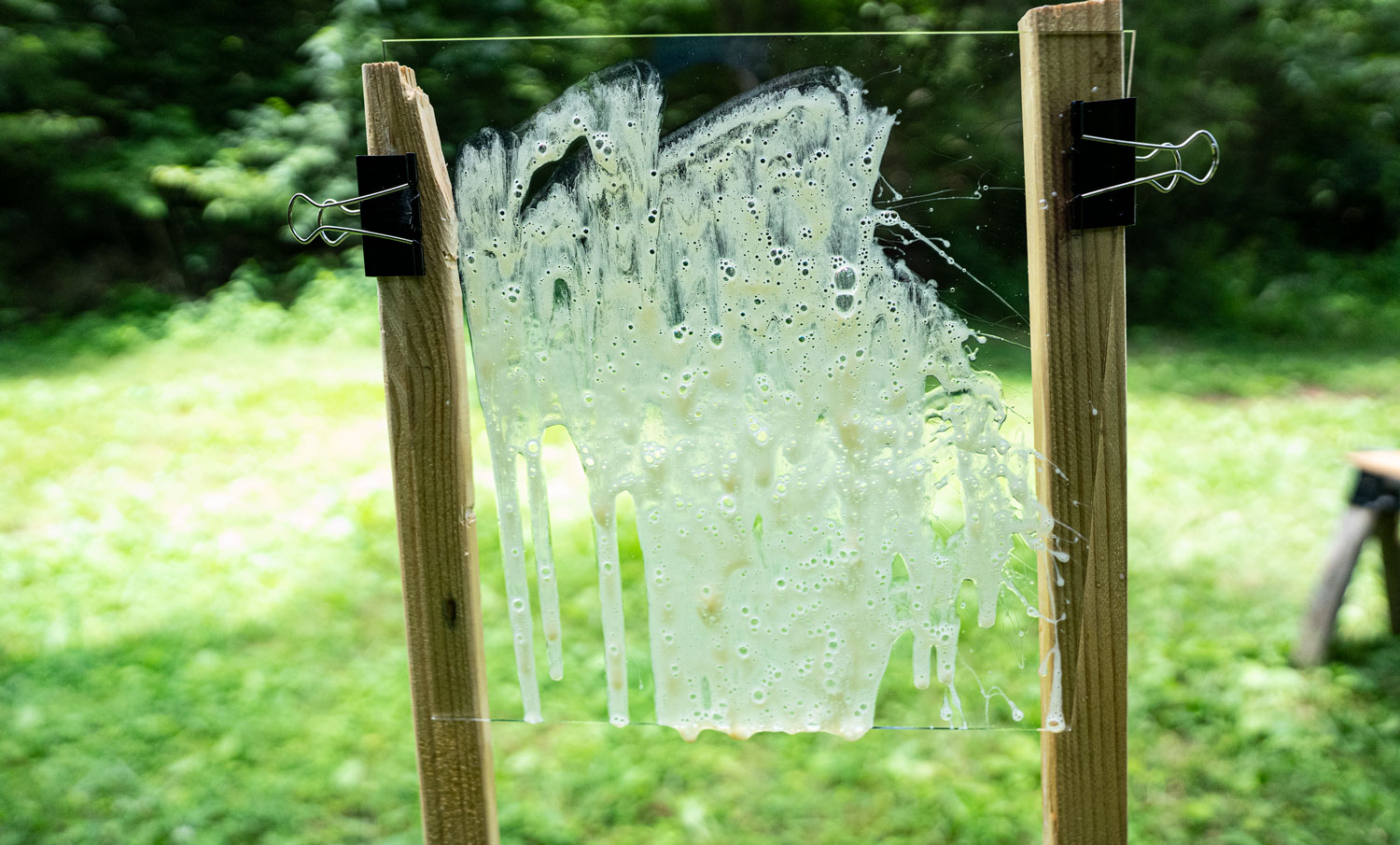
Pepper gel was developed to correct for pepper spray’s big shortcoming. Pepper gel is much more viscous than pepper spray, and as the result virtually eliminates blowback that could incapacitate you as well as your attacker.
Delicious sounding pepper gel offers a couple other key performance advantages. It delivers up to 20 percent greater range, which is great because as a rule you don’t want to be near anyone you’ve just walloped in the snot locker with spicy chemicals. Pepper gel is also thick and sticky, so it’s much harder for someone to wipe off of their face. That could buy you valuable time to run away or tell your Twitter followers that you’ve just been attacked.
Spray vs. Gel: The Takeaway
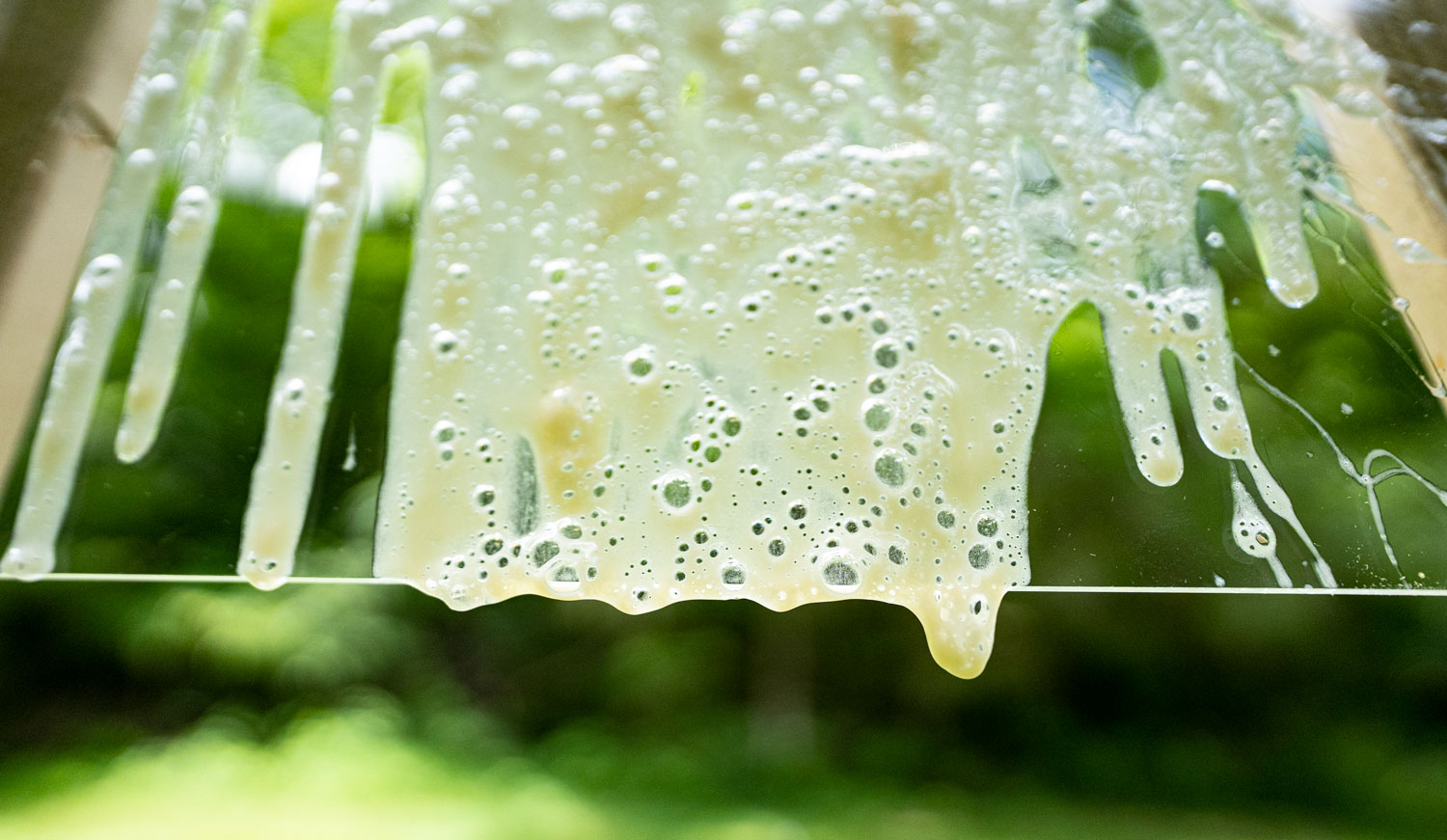
Pepper spray is the old-fashioned weapon that gives you skunk powers. As a liquid it atomizes when it becomes airborne, so it is vulnerable to wind and can be overwhelming when used indoors. Pepper gel has the consistency of shaving cream, so it resists wind that could blow it back at its user. As it is unable to create fog, pepper gel is also better suited for indoor use.
Legal Disclaimer: This article does not provide legal advice pertaining to whether you can buy pepper spray/gel, whether you can carry pepper spray/gel, or how you should use pepper spray/gel. If you do anything even remotely wrong in your life, you can’t blame this article for any part of it. You wouldn’t want to sue us anyway, because we just invested all of our money in a new company brick pizza oven.



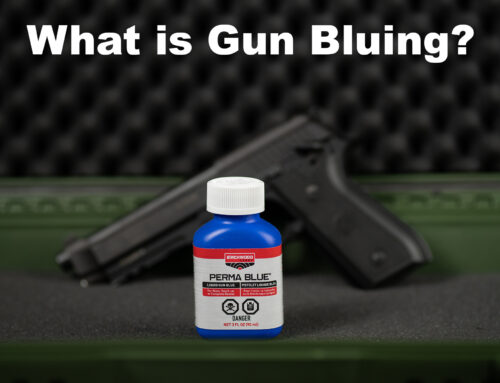
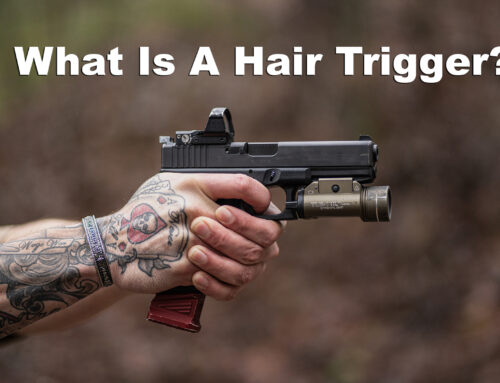
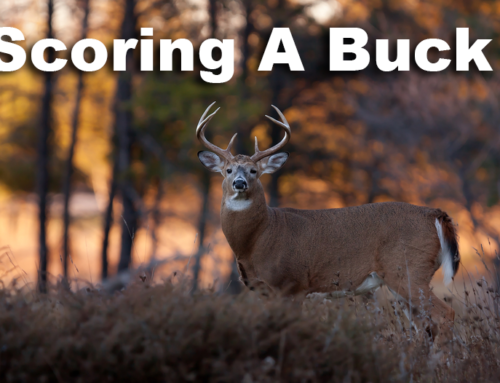
Leave A Comment